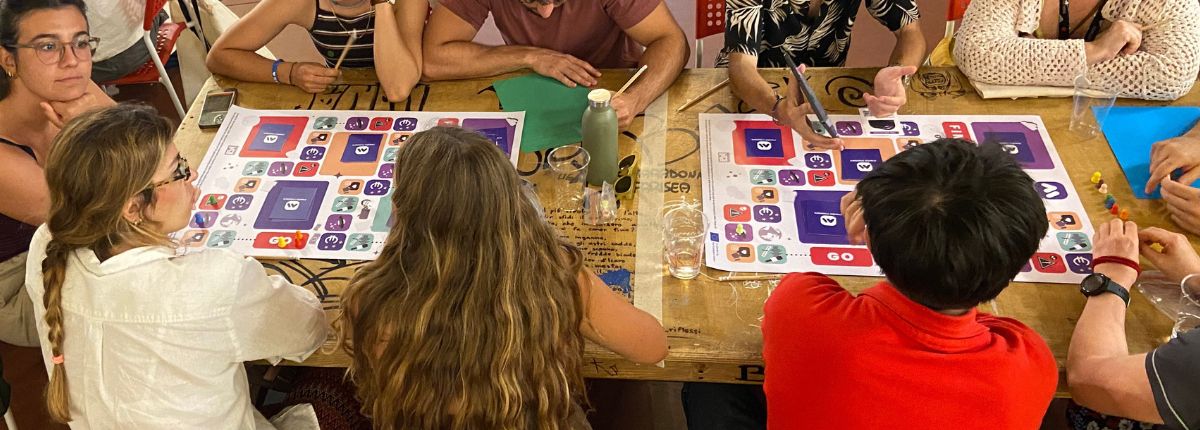Young people and disinformation in Italy

Disinformation is now one of the main threats to social cohesion, public health and the quality of democracy. In Italy, it particularly affects young people who, despite being immersed in digital media on a daily basis, often lack the critical tools necessary to recognise false or manipulative content.
The numbers
According to the 2025 Digital Literacy & Fake News survey, ‘51% of young Italians use WhatsApp, Instagram and TikTok as their main sources of information on a daily basis, but almost a third of them (31%) ‘like’ news items that are recognised as false, and 70% are convinced, often without foundation, that they know how to distinguish them’. (read the source: Rapporto Giovani).
Added to this are the results of a study conducted by the Vita-Salute San Raffaele University, which shows that “more than one in three young people struggle to distinguish reliable news from fake news, with particular difficulty on health and environmental issues: only 32.8% correctly assess environmental news and only 36.9% medical news, while more than 41% believe blatantly false content about the environment” (read the source: Università Vita Salute San Raffaele).
Supporting Actions
To address this information emergency, Italian institutions have put in place a number of resources, such as the initiative of the Ministry of Education and Merit (MIM), which has introduced projects such asFacciamo chiarezza (read the source), ‘to explore school issues by responding to press articles, content circulating on social media, ongoing debates on education and frequently asked questions from users. The aim is to provide official data and information with a view to dialogue and transparency’.
In addition, non-governmental organisations have highlighted how disinformation affects young people from disadvantaged social backgrounds more severely. Save the Children points out that digital educational poverty, combined with regional inequalities, severely limits the ability to navigate online information (read the source: Save the Children).
Save the Children has also produced advice for parents, teachers and adults on how to support children and teenagers on their journey through the digital world.
The first piece of advice is to ‘promote conscious use of the internet‘ by teaching children to check sources and only share reliable news. We need to rediscover slowness and reflection as antidotes to the superficiality of fast information.
The second tip is to ‘Accompany young people in their discovery of the digital world’, explaining to them that the web and social media can be manipulated and hide complex interests.
Last but not least, ‘Value reflection and creativity’, countering boredom not only with screens, but also by stimulating alternative interests. Boredom, if experienced actively, can become a source of critical thinking, reducing the risk of fake news spreading. (read the source: Save the Children)
What can be done?
Like Explora, the Children’s Museum in Rome, we believe it is essential to promote a synergistic and coordinated approach between public institutions, schools, families and civil society organisations. Only through a shared commitment can digital civic education be structurally strengthened, transforming young people from mere consumers of content into informed, active and responsible citizens. This is the way to build a generation capable of recognising and countering disinformation, safeguarding democratic principles and contributing to the spread of an ethical and participatory culture of information, capable of meeting the challenges of the contemporary digital age.
